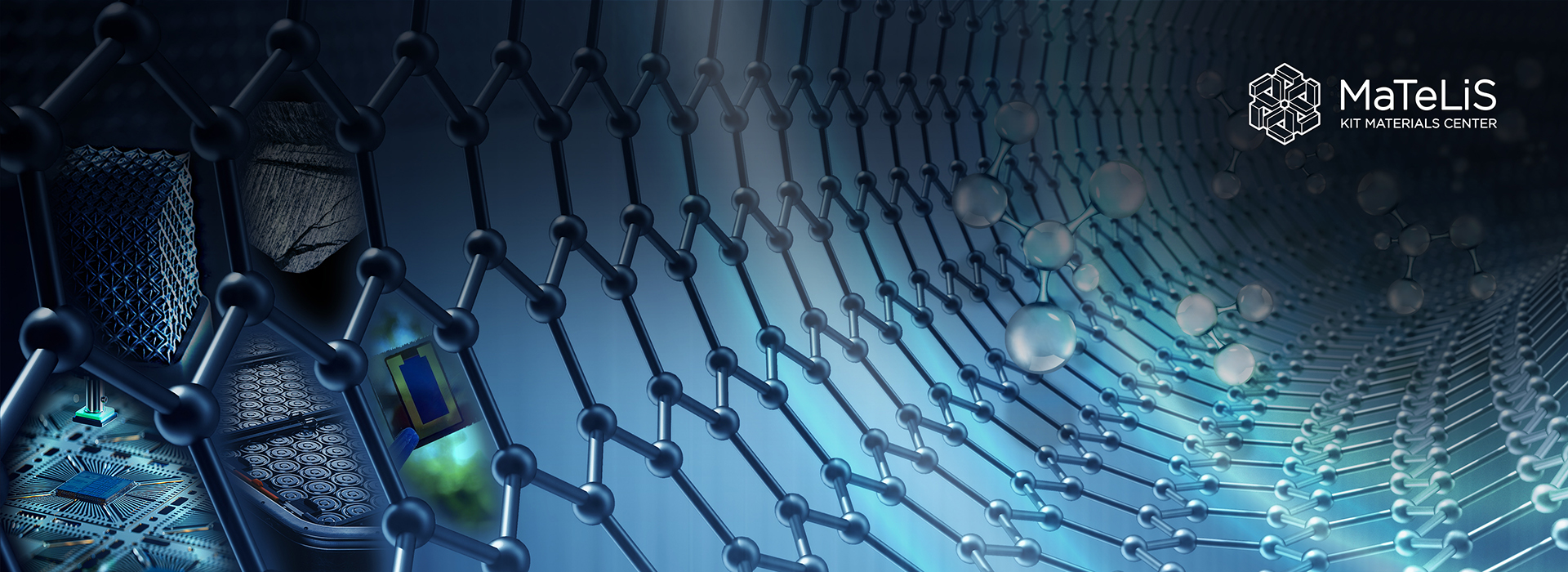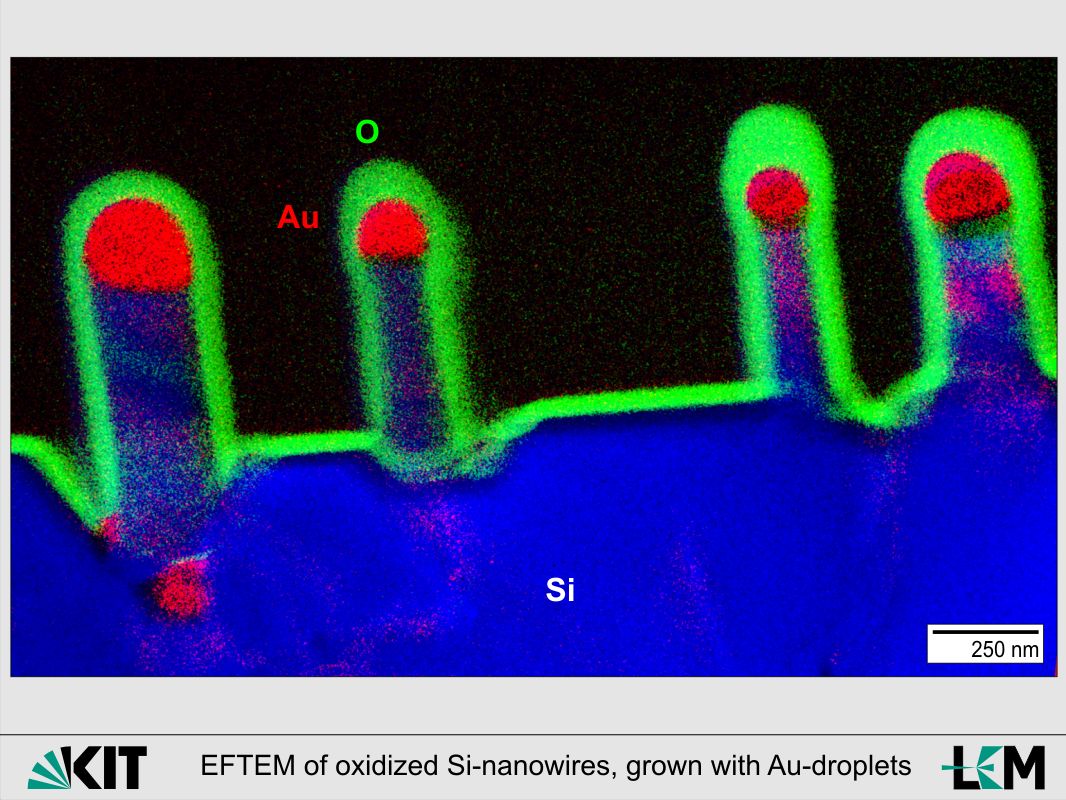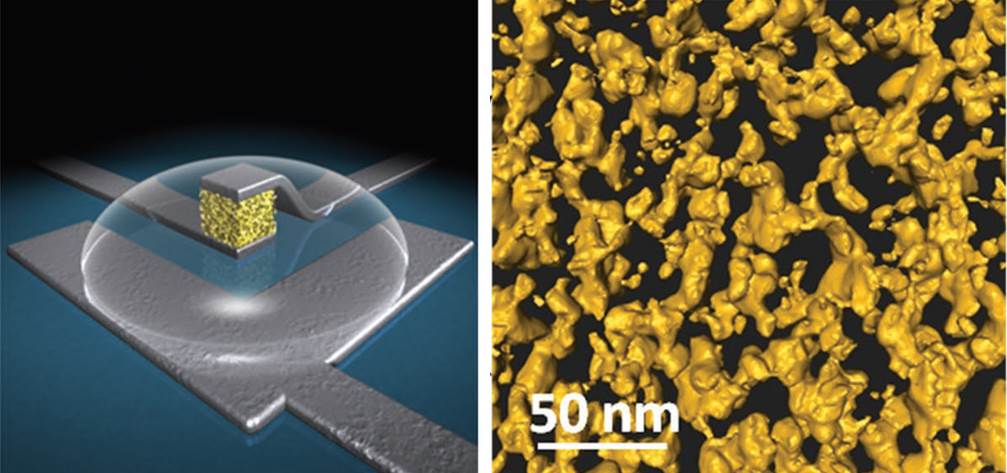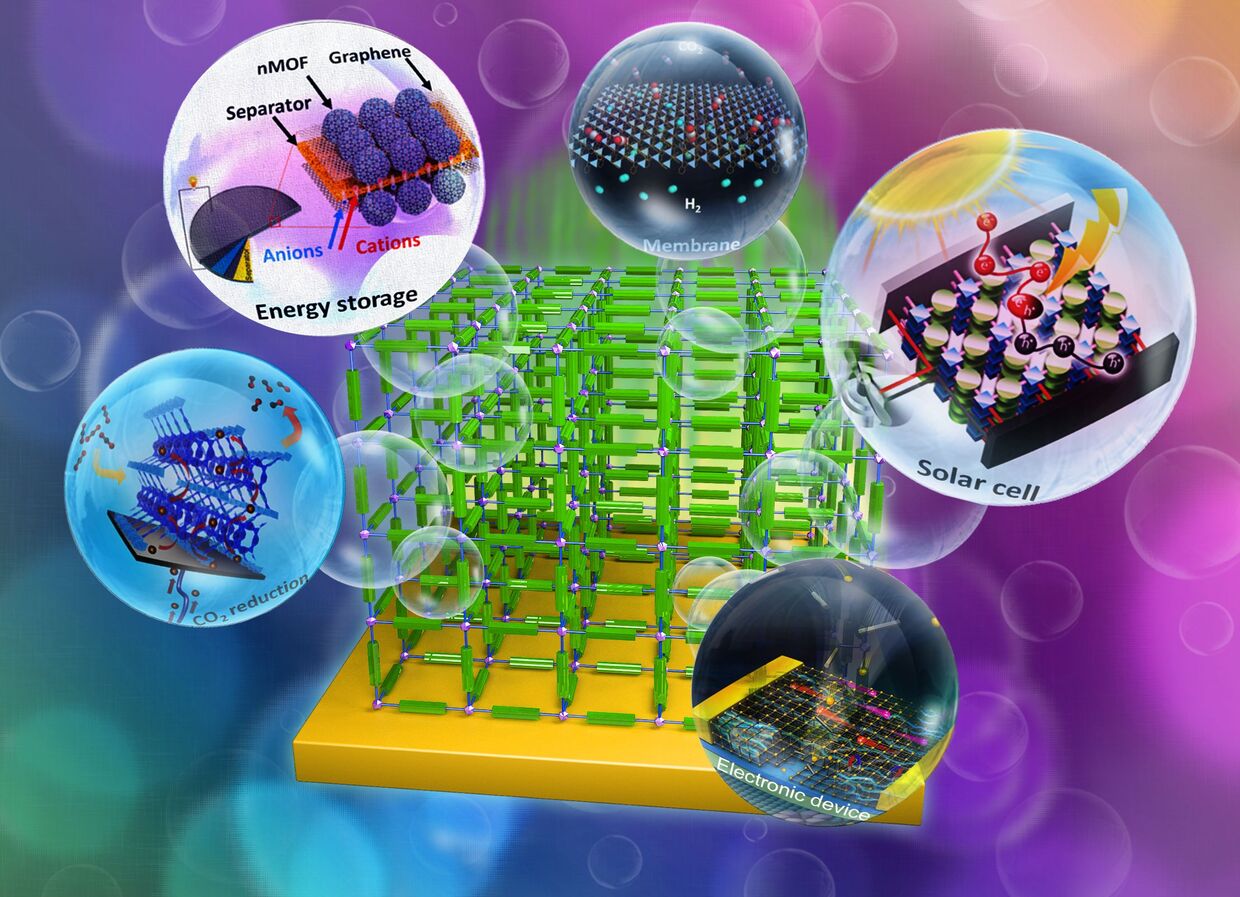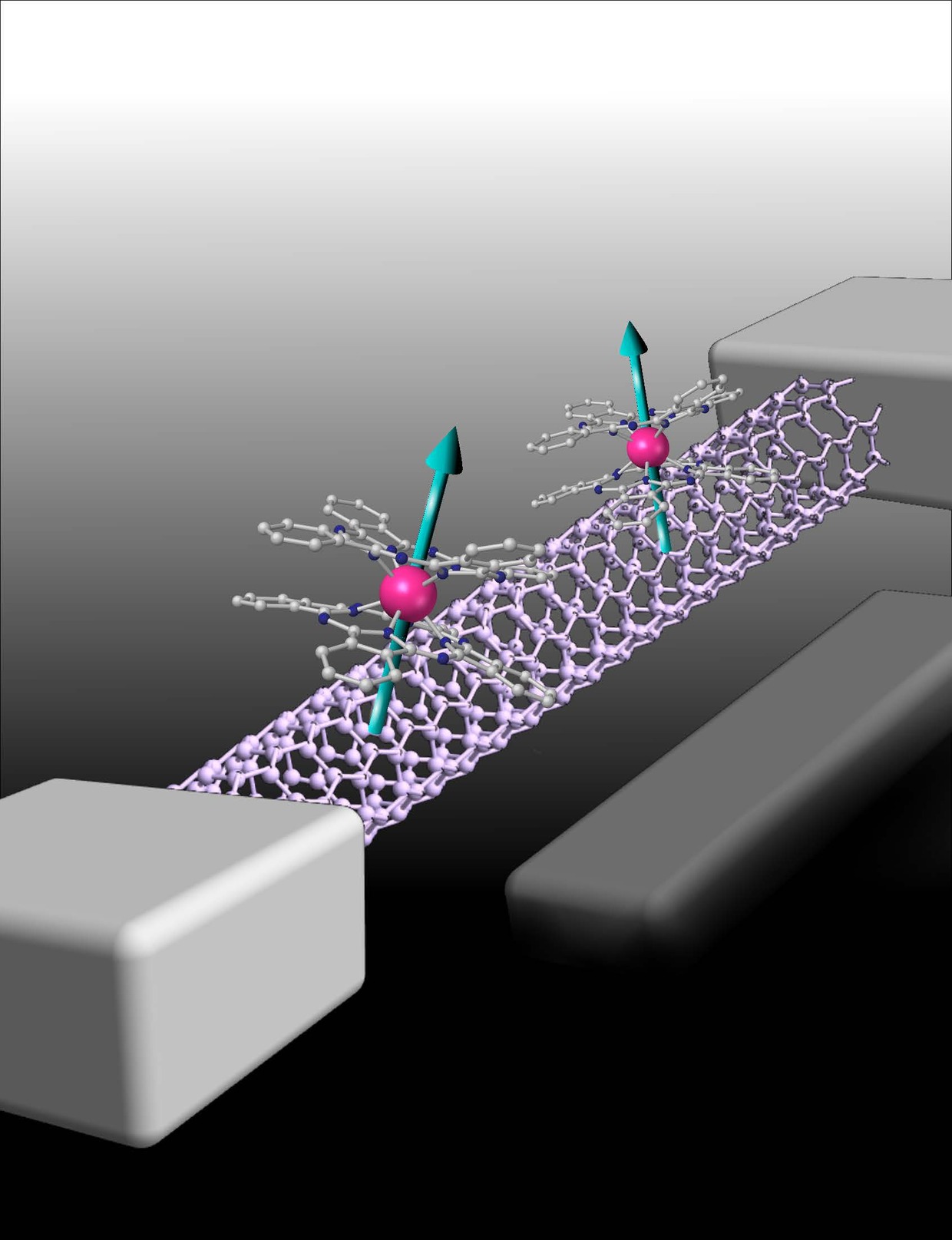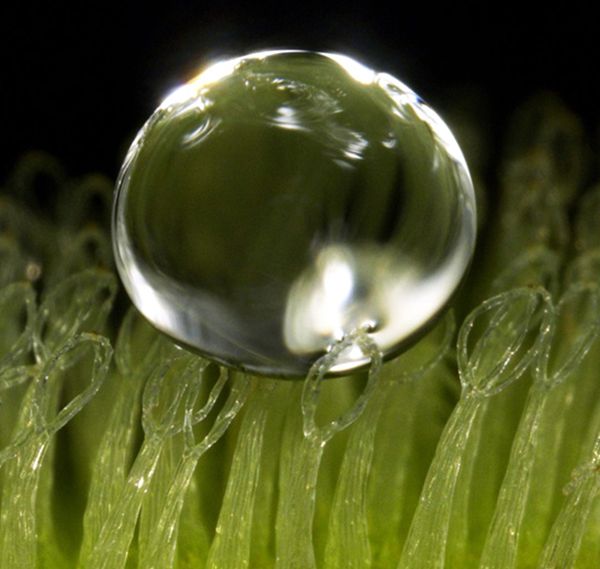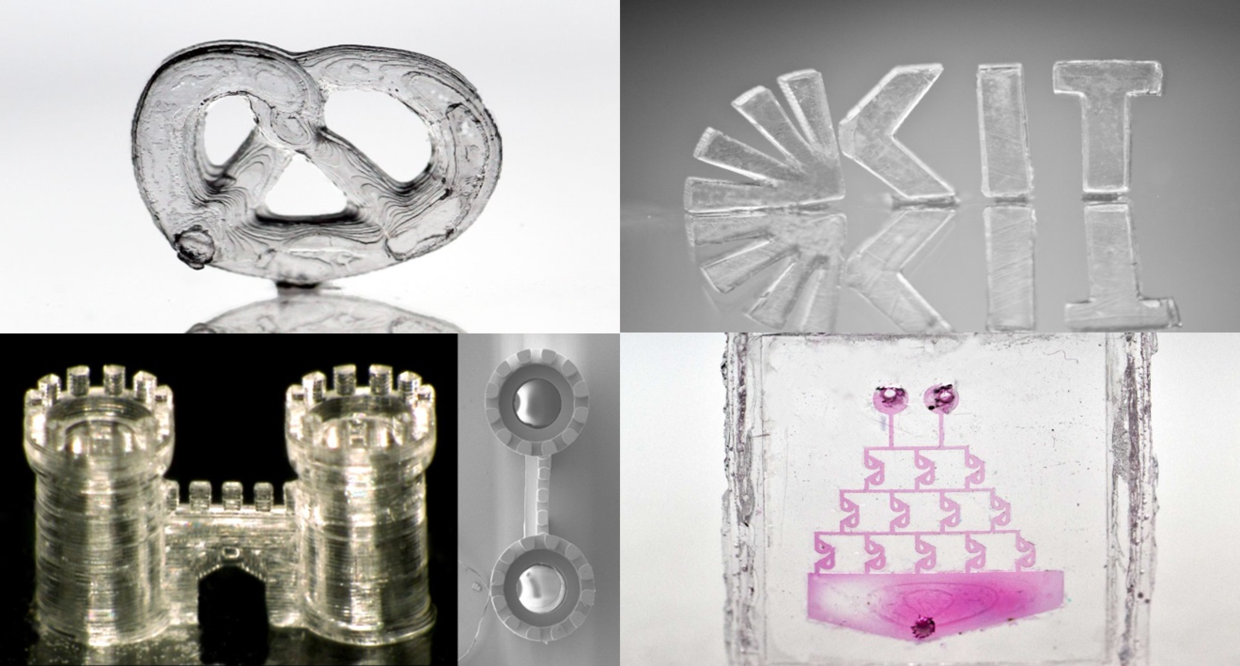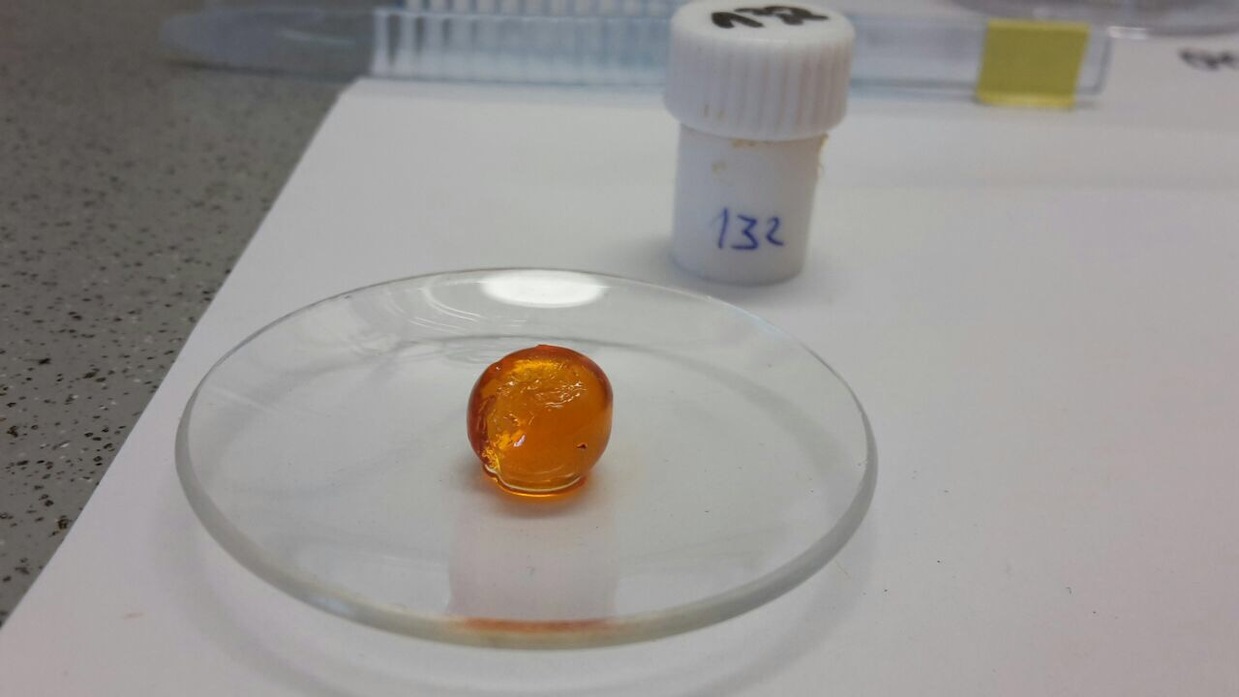Welcome to the KIT Center Materials in Technical and Life Sciences (MaTeLiS)
The challenges of the digital economy of the 21st century in the context of the forth industrial revolution require a constant development of new materials to enable new and challenging applications. The KIT Center Materials in Technical and Life Sciences integrates KIT research groups from the natural sciences, engineering and life sciences, which share a common interest in material research and in the development of new materials. The close cooperation between scientists from different disciplines creates a great potential for leading edge research in material sciences. The technological development requires continuous research into and development of new efficient materials for specific applications.
In the KIT Materials Center, new materials and technologies are developed in a closed chain, from basic research to economic implementation, thanks to the integration of basic and application-oriented research. The development of nanostructured materials as well as the development of environmentally friendly technologies play a special role in the KIT Center. Furthermore, the integration of information-based approaches and modeling in the context of the digitalization of material sciences plays a growing, and increasingly important, role.
The work of the KIT Materials Center covers the topics:
- Designed materials systems
- Accelerated material development
- Digital representation
- Quantum materials
- Unveiling materials secrets
- Natural & artificial biosystems
- Printed material systems
- Sustainable materials
- Optics & photonics
New: MaTeLiS has a logo
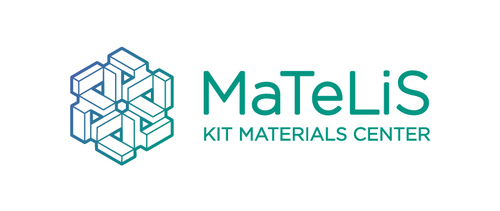
For higher resolution please contact Siri Weisse
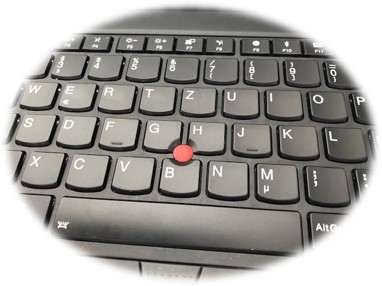

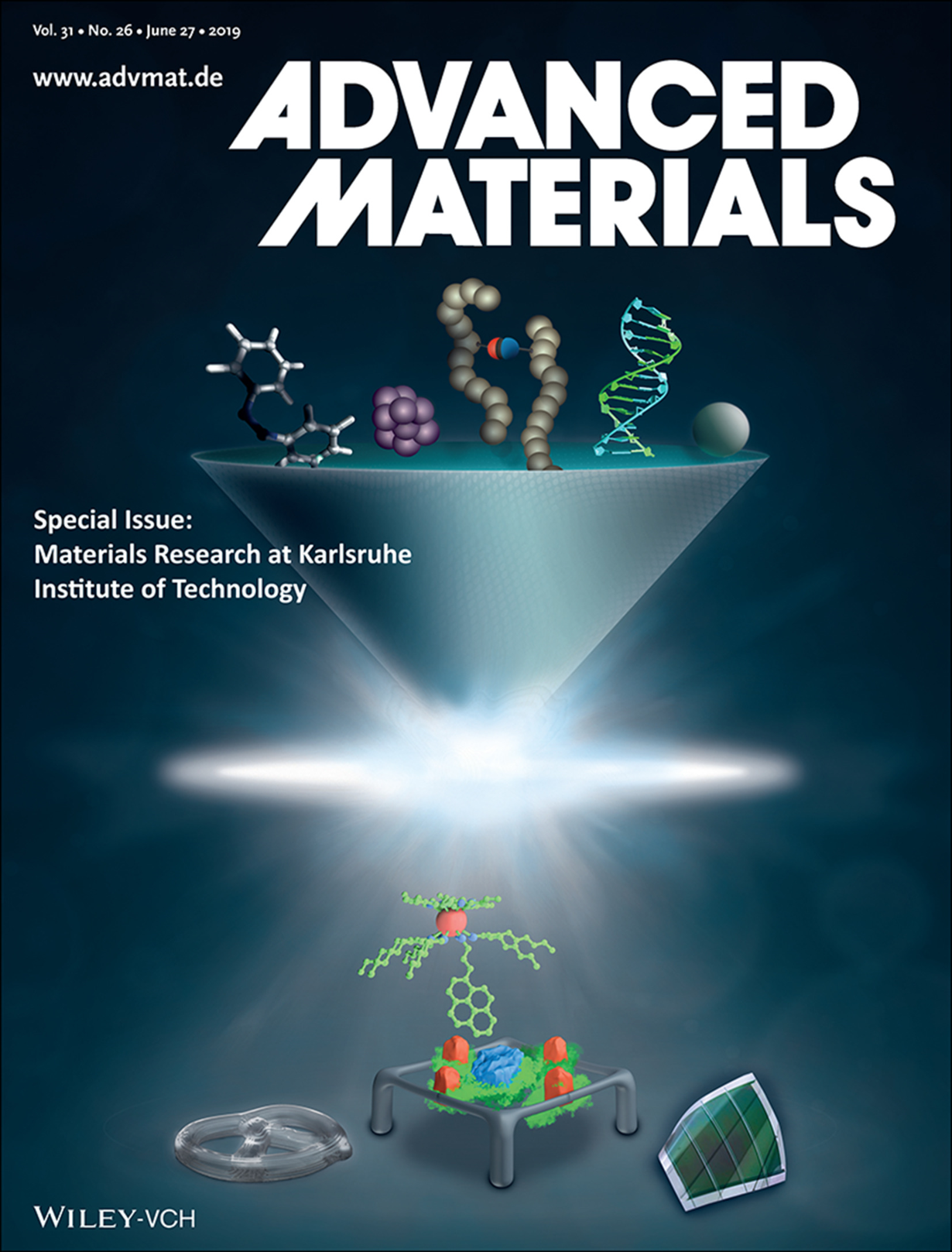
"Multidisciplinary Materials Research at the Karlsruhe Institute of Technology (KIT)"
The KIT Special Issue contains a total of 27 publications by scientists from the KIT Materials Center, on a broad range of topics.
available online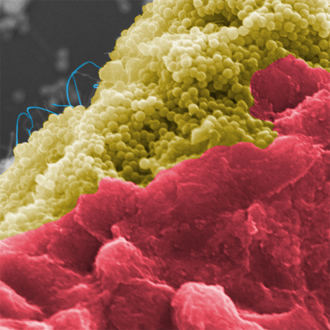
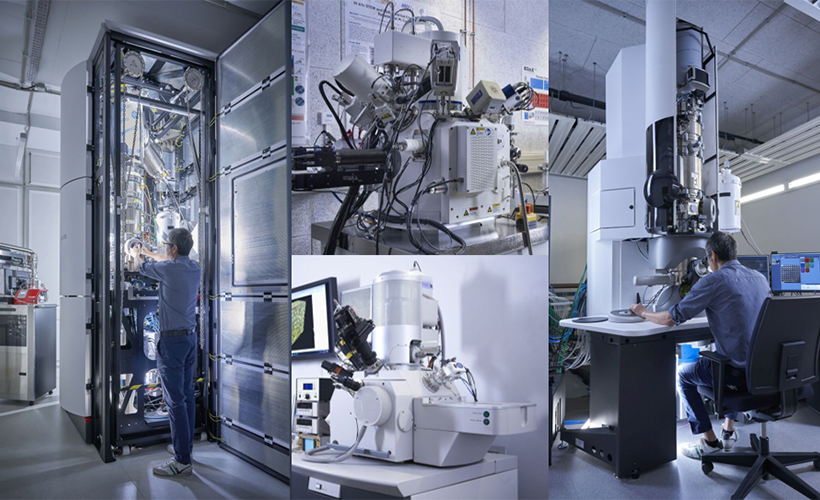
Establishment of a KIT-wide device database in materials science.
Available on the intranet, accessible for KIT-employees only.
more information